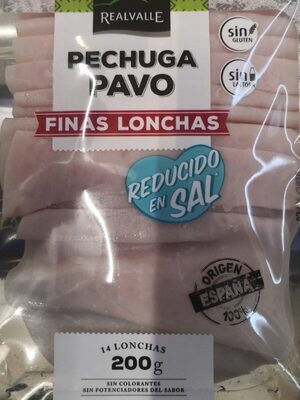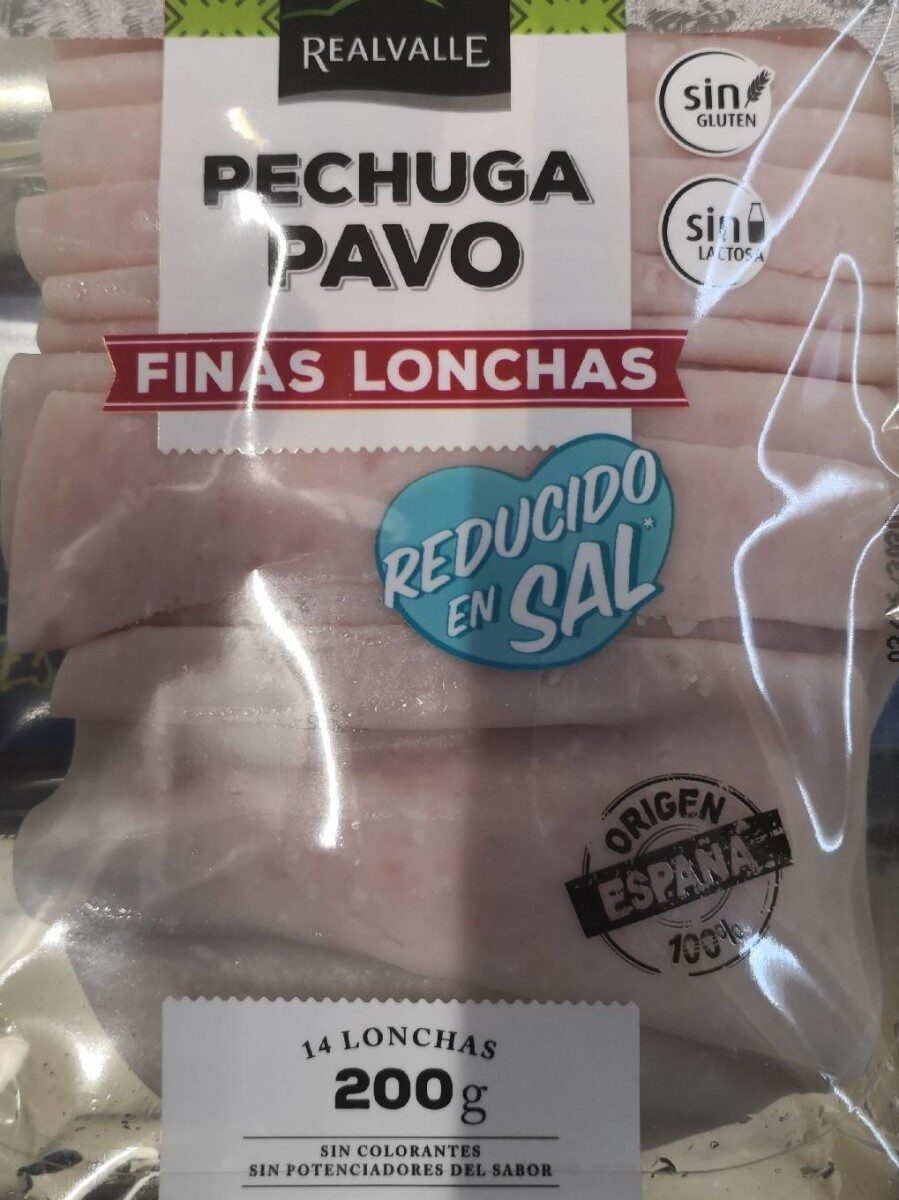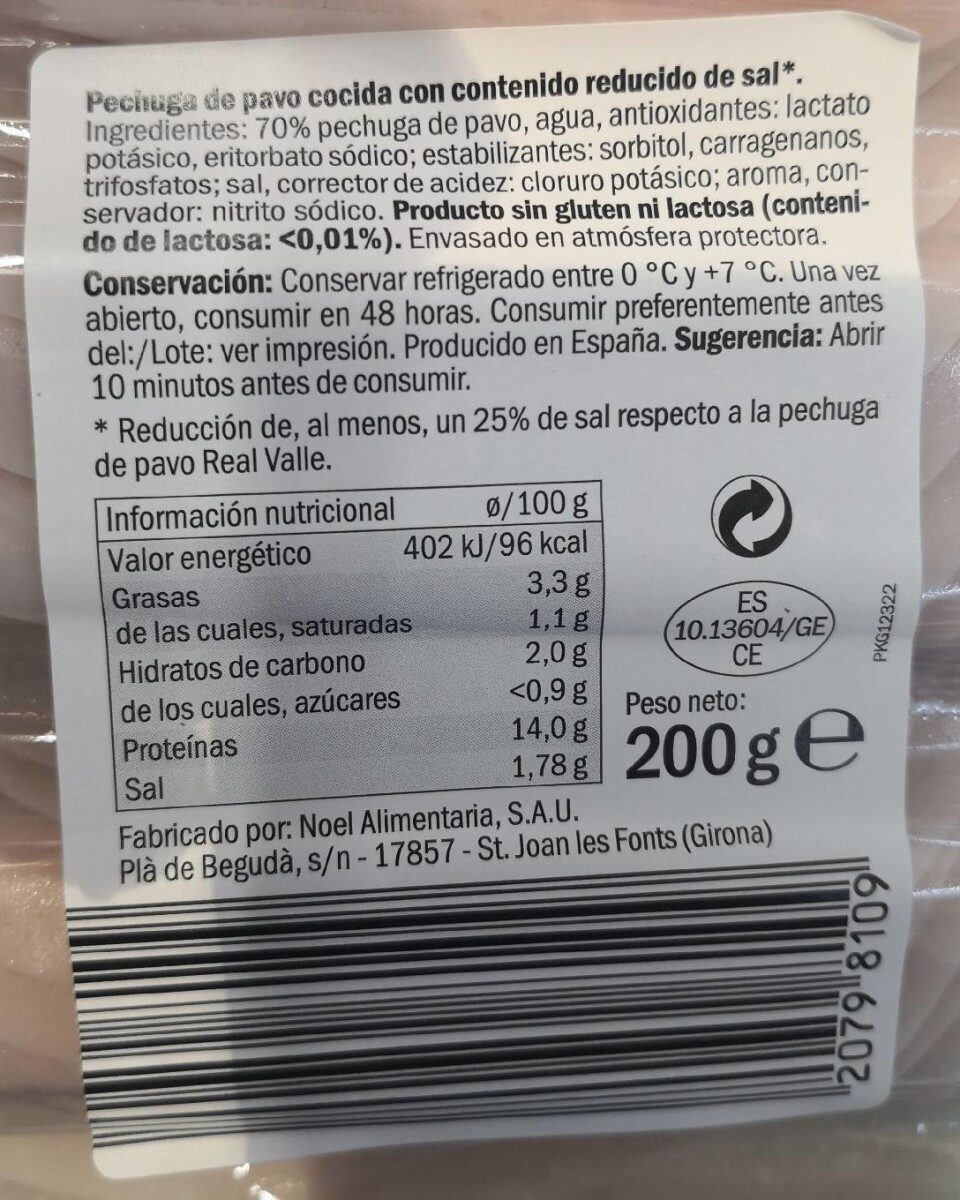Pechuga pavo finas lonchas Reducido sal - Realvalle - 200 g
Codi de barres ambigu: aquest producte té un codi de barres amb número de circulació restringit per a productes d'una empresa. Això significa que diferents productors i botigues poden utilitzar el mateix codi de barres per a diferents productes.
×
Aquesta pàgina del producte no està completa. Podeu ajudar a completar-la editant-la i afegint-hi més dades a partir de les fotos ja disponibles, o fent-ne més amb l'aplicació de androide o iPhone / iPad. Gràcies!
×
Codi de barres: 20798109
Quantitat: 200 g
Marques: Realvalle
Categories: Productes amb base de carn, Carns, Carns preparades, Pernil, Aus de corral, Gall d'indi i derivats, Gall d'indi
Etiquetes, certificacions, premis:
Lliure de gluten, Punt verd, Sense colorants
Matching with your preferences
Entorn
Petjada de carboni
Empaquetament
Transport
Report a problem
Fonts de dades
Producte afegit per kiliweb
Última modificació de la pàgina del producte per g123k.
La pàgina del producte, també editada per jbarcelona, openfoodfacts-contributors, quechoisir, roboto-app, scanbot, thaialagata, worldtest, yuka.L51hFuOKEeIIHsX39owR5gSnKevHPvJ-GX1Sog, yuka.U0xrRU5mUXdndlVObHNRRjlTUFpwWW92MjhIM1pGanZMKzQrSVE9PQ, yuka.ZDYwK1BvSUh1Zjg2di9RbitpN0Y2dmhSOXNTM1RVT1hNY2cvSUE9PQ.











